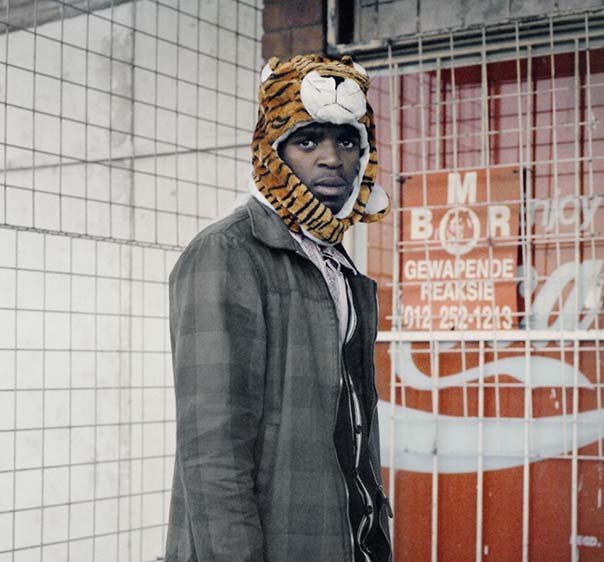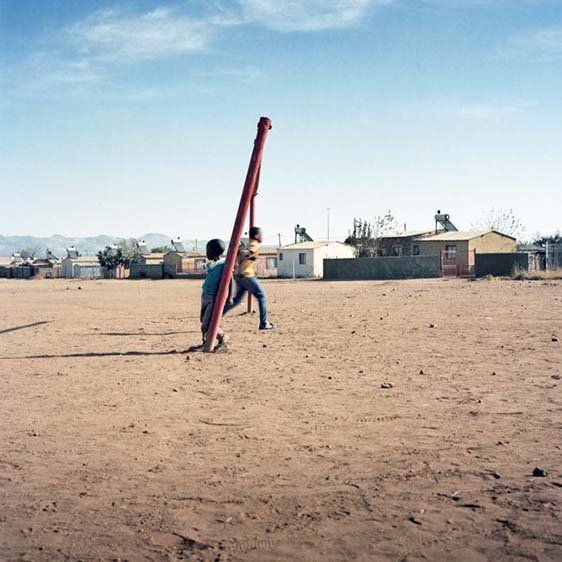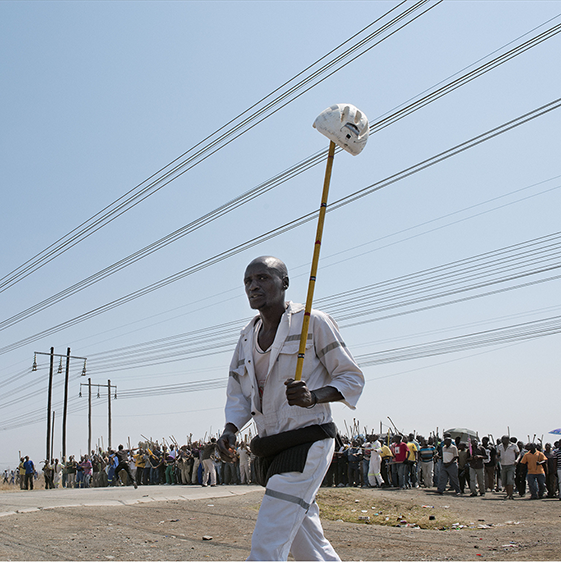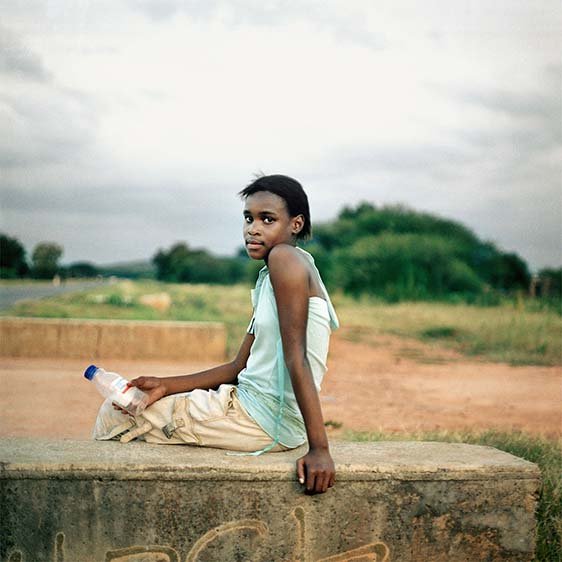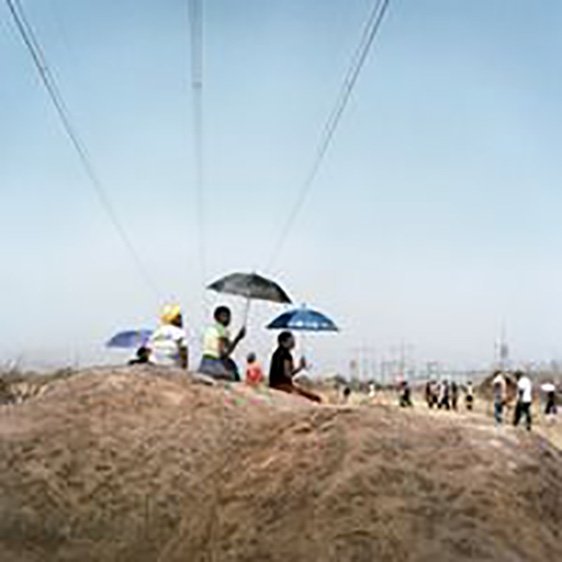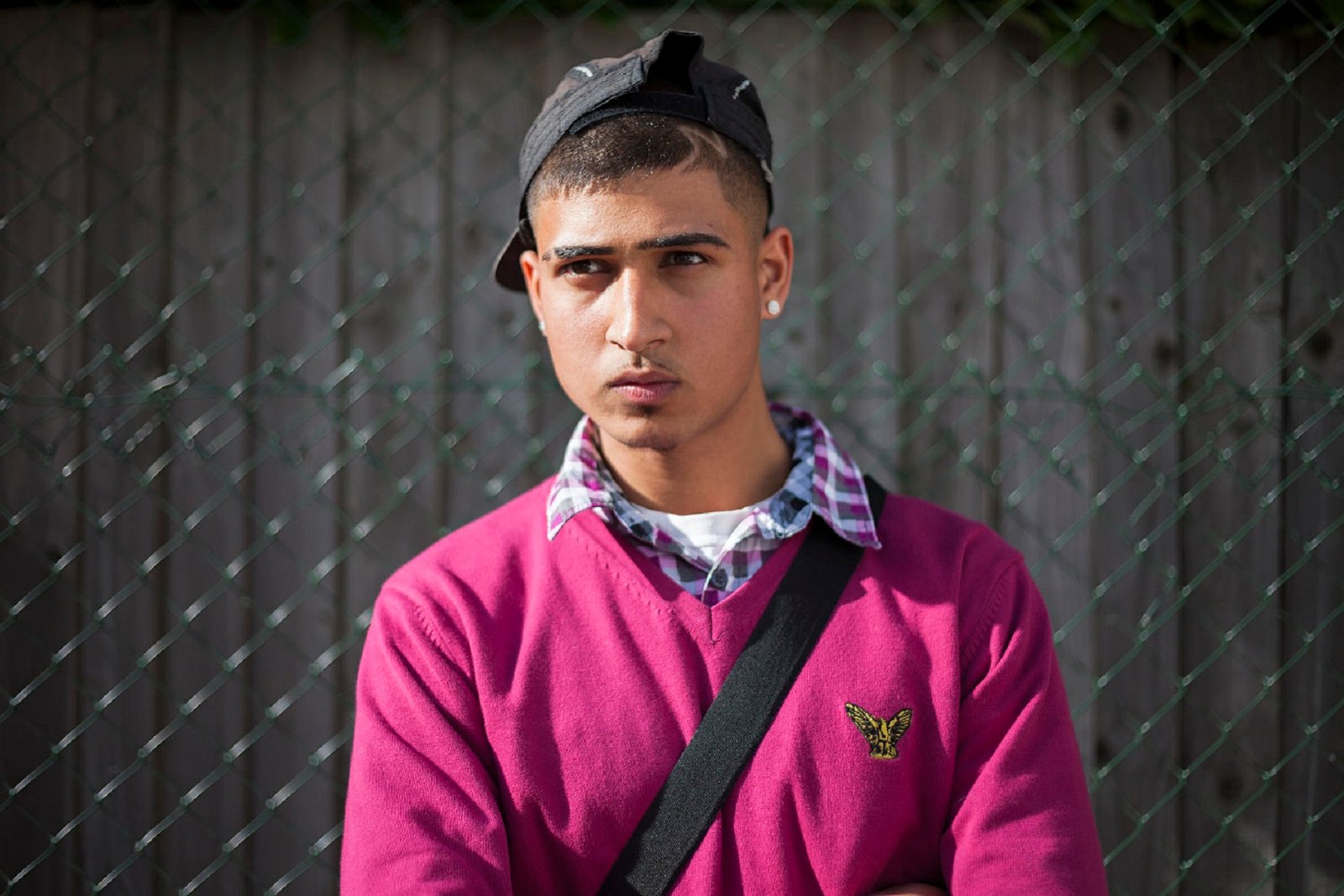South Africa –
‘Second Transition’ is the series of images that I’ve photographed in the areas around the mining town of Rustenburg. Rustenburg lies in the North West province of South Africa, one of the biggest platinum producing areas of the world.
The region has been in a state of transition for the last 100 years. The transitions started in the year 1890 when the chief of the Tswana tribe of BaMagopa, bought back their land, about 40 kilometers away from Rustenburg, from the white settlers called Brits. Currently, mining companies own most of the land around these towns. A majority of the people around here survives by working in these mines where working conditions are extremely poor.

© Thabiso Sekgala
‘Second Transition’ is a term that refers to the new phase of negotiations after the Apartheid era. In the wake of the efforts to settle the inequality of Apartheid, the ANC has described this new initiative to negotiate the continued economic inequalities in South Africa as the Second Transition. Many black people in South Africa believe that the first transition in 1994 was a betrayal because more people than ever still live in poor conditions like they did during apartheid.
Last year in August, in a town called Marikana, the police killed 60 miners during a protest for better living conditions. For me this event was a reminder of the cruel system that continues to imprison poor people in the cycle of poverty. What happened during Apartheid happens even now in the new democratic state.

© Thabiso Sekgala
For me, mining and land ownership are the core issues when it comes to the Second Transition. The photographs in the series act as a symbol of or a witness to the economic imbalance, which exists in contemporary South Africa, where people increasingly inhabit contrasting economic realities. People live in poor conditions right next to the multibillion platinum-mining plants.
With these photographs I attempt to make the link with history of the people of BaMagopa tribe and the current situation where 60 Miners lost their life after being shot by the police during the protest. The events of Marikan mirror the Sharpville massacre of the 1960s. These photographs constitute evidence that history always repeats itself.
Written and Photography by Thabiso Sekgala


